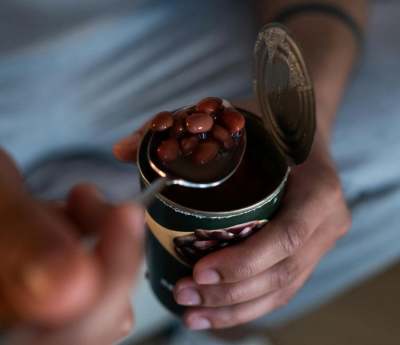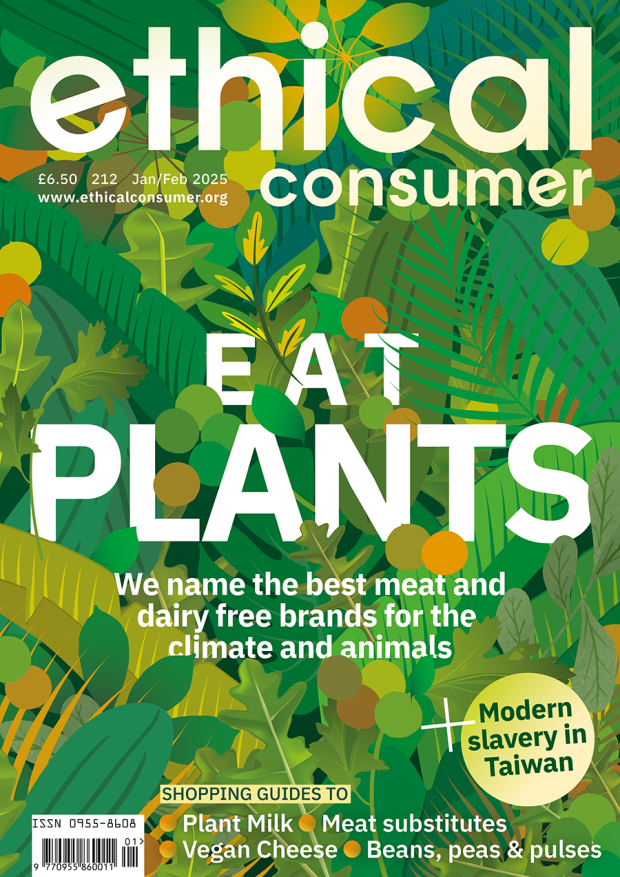Ethical beans and pulses
This guide reviews brands selling ready-cooked beans and pulses in tins or glass jars and dried versions. This includes things like chickpeas, haricot beans, black beans, butter beans, kidney beans and lentils.
Unlike many of our shopping guides, the majority of the brands in this guide score reasonably well in our ethical rating. There are seven best buy brands and two recommended brands.
Companies range from small UK pulse suppliers to multinational food companies like Napolina.
We look at things like packaging and how to avoid potentially harmful BPA linings in tin cans, the price difference between dried pluses and the cooked versions in tin cans and glass jars, as well as the carbon footprint of beans and lentils. Hint: it's considerably smaller than the carbon footprint of other protein foods like meat!
Given the low price, low carbon footprint and low level of processing of beans and pulses, it may be time to start adding more of these to your diet.
This guide doesn't cover soya beans as they're less common as a dried or tinned product, and we have a separate guide to baked beans.
We have not included supermarket own brands in the table, but you may like to check out the highest scoring supermarkets in our guide to supermarkets.
NB: We use the term ‘pulses’ throughout this guide, a term which covers dried beans and peas, chickpeas and lentils. The word ‘pulse’ stems from the Latin word puls, meaning seeds that can be made into a thick soup.
Beneficial beans, peas and lentils
Beans and peas used to be staple foods in the British diet until the 18th century when they were regarded as “poor man’s meat” or animal feed. Now, while hummus and baked beans are common in many homes, it’s mainly South Asian communities and foodies who cook with pulses, especially dried pulses. For the rest of us they’re often regarded as too much hassle.
But there are so many reasons to love pulses.
An August 2024 report from the Food Foundation stated: “There is a real opportunity in the UK to champion and better promote beans as an affordable, healthy and sustainable alternative to meat."
It added: “Less processed alternatives to meat (beans and grains) perform strongly on a number of different nutrition indicators, containing notably lower amounts of saturated fat, calories and salt and the highest amount of fibre per 100g of all categories compared to both meat and other plant-based meat alternatives. They are also the most affordable category per 100g.”
Dried pulses are also very minimally processed – usually just washed before being bagged. The only processing tinned pulses undergo is cooking in the can.





